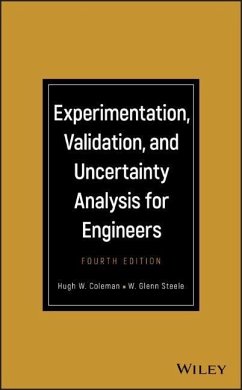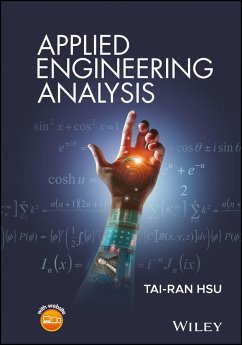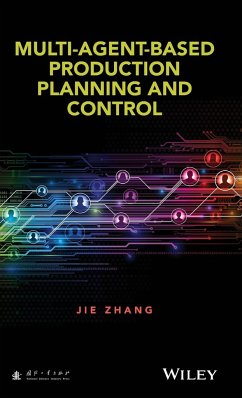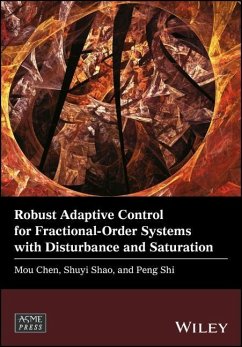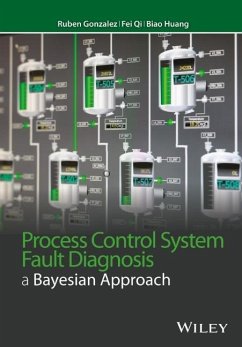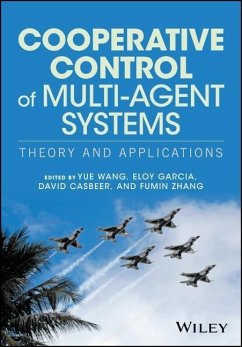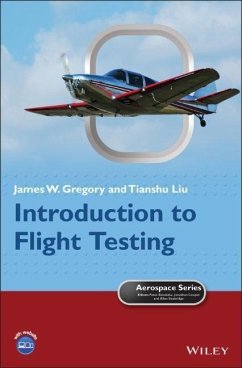Nicht lieferbar
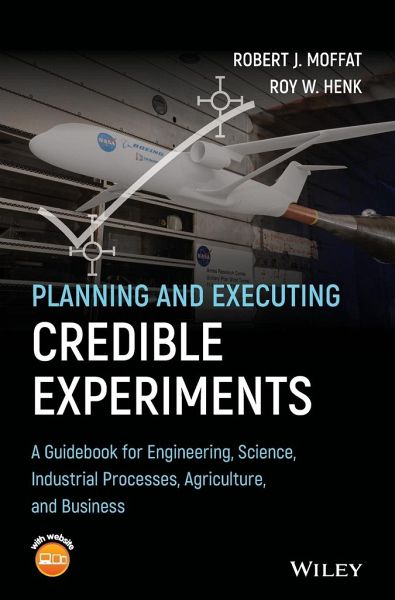
Planning and Executing Credible Experiments
A Guidebook for Engineering, Science, Industrial Processes, Agriculture, and Business
Covers experiment planning, execution, analysis, and reportingThis single-source resource guides readers in planning and conducting credible experiments for engineering, science, industrial processes, agriculture, and business. The text takes experimenters all the way through conducting a high-impact experiment, from initial conception, through execution of the experiment, to a defensible final report. It prepares the reader to anticipate the choices faced during each stage.Filled with real-world examples from engineering science and industry, Planning and Executing Credible Experiments: A Gui...
Covers experiment planning, execution, analysis, and reporting
This single-source resource guides readers in planning and conducting credible experiments for engineering, science, industrial processes, agriculture, and business. The text takes experimenters all the way through conducting a high-impact experiment, from initial conception, through execution of the experiment, to a defensible final report. It prepares the reader to anticipate the choices faced during each stage.
Filled with real-world examples from engineering science and industry, Planning and Executing Credible Experiments: A Guidebook for Engineering, Science, Industrial Processes, Agriculture, and Business offers chapters that challenge experimenters at each stage of planning and execution and emphasizes uncertainty analysis as a design tool in addition to its role for reporting results. Tested over decades at Stanford University and internationally, the text employs two powerful, free, open-source software tools: GOSSET to optimize experiment design, and R for statistical computing and graphics. A website accompanies the text, providing additional resources and software downloads.
_ A comprehensive guide to experiment planning, execution, and analysis
_ Leads from initial conception, through the experiment's launch, to final report
_ Prepares the reader to anticipate the choices faced throughout an experiment
_ Hones the motivating question
_ Employs principles and techniques from Design of Experiments (DoE)
_ Selects experiment designs to obtain the most information from fewer experimental runs
_ Offers chapters that propose questions that an experimenter will need to ask and answer during each stage of planning and execution
_ Demonstrates how uncertainty analysis guides and strengthens each stage
_ Includes examples from real-life industrial experiments
_ Accompanied by a website hosting open-source software
Planning and ExecutingCredible Experiments is an excellent resource for graduates and senior undergraduates--as well as professionals--across a wide variety of engineering disciplines.
This single-source resource guides readers in planning and conducting credible experiments for engineering, science, industrial processes, agriculture, and business. The text takes experimenters all the way through conducting a high-impact experiment, from initial conception, through execution of the experiment, to a defensible final report. It prepares the reader to anticipate the choices faced during each stage.
Filled with real-world examples from engineering science and industry, Planning and Executing Credible Experiments: A Guidebook for Engineering, Science, Industrial Processes, Agriculture, and Business offers chapters that challenge experimenters at each stage of planning and execution and emphasizes uncertainty analysis as a design tool in addition to its role for reporting results. Tested over decades at Stanford University and internationally, the text employs two powerful, free, open-source software tools: GOSSET to optimize experiment design, and R for statistical computing and graphics. A website accompanies the text, providing additional resources and software downloads.
_ A comprehensive guide to experiment planning, execution, and analysis
_ Leads from initial conception, through the experiment's launch, to final report
_ Prepares the reader to anticipate the choices faced throughout an experiment
_ Hones the motivating question
_ Employs principles and techniques from Design of Experiments (DoE)
_ Selects experiment designs to obtain the most information from fewer experimental runs
_ Offers chapters that propose questions that an experimenter will need to ask and answer during each stage of planning and execution
_ Demonstrates how uncertainty analysis guides and strengthens each stage
_ Includes examples from real-life industrial experiments
_ Accompanied by a website hosting open-source software
Planning and ExecutingCredible Experiments is an excellent resource for graduates and senior undergraduates--as well as professionals--across a wide variety of engineering disciplines.





